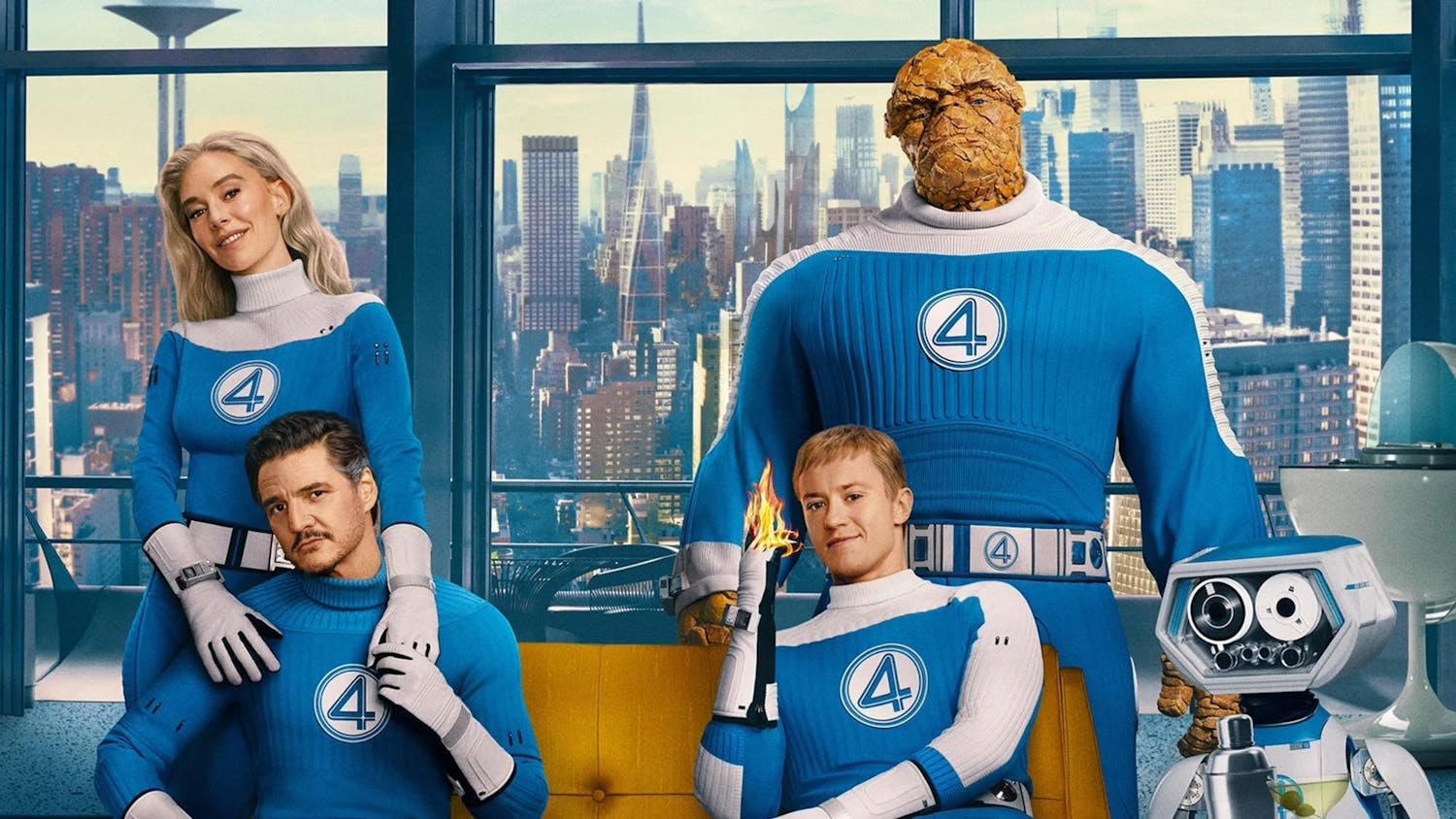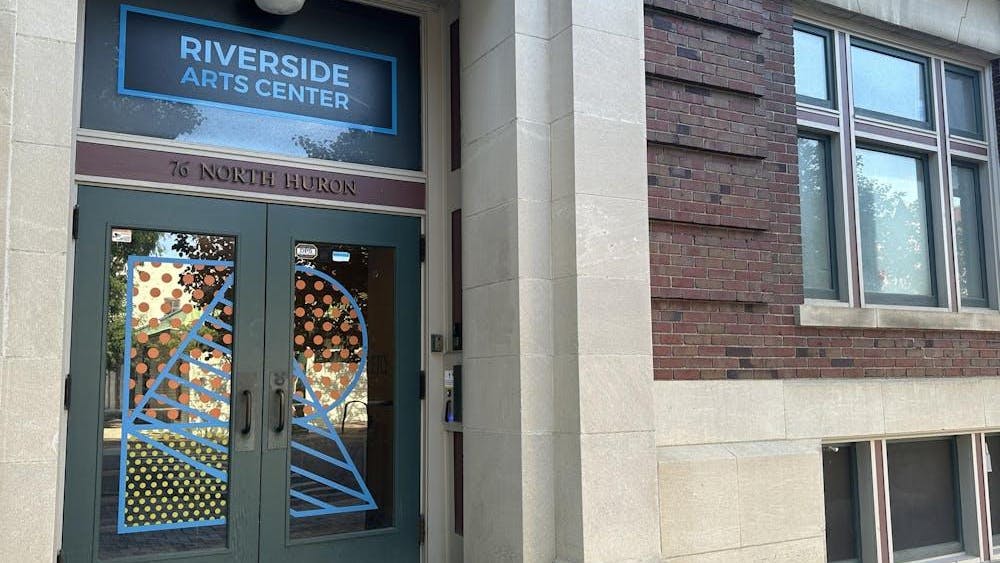As a child, one of the coolest things to do on Easter morning was to go on an Easter egg hunt. The Easter Bunny would hide plastic eggs all throughout the house, and if you found them all, not only would you get the candy inside, but you would feel a sense of accomplishment.
Even though we’re older, there’s still joy to be had in finding Easter eggs. Some video games take aspects from other games and hide them for players to find. These are called “Easter eggs” because
they’re meant to give a feeling of joy when you find them.
The first video game to implement an Easter egg was called “Adventure” (1979). To access the Easter egg, the player had to adventure through the many areas of the game to find a pixel-sized dot and take it to a specific place. Once you completed that step, you’d be able to move through a wall to a secret area with vertically placed words that read “Created by Warren Robinett.”
On the cover of the game “Duck Hunt” for the Nintendo Entertainment System, there’s a blue block next to the duck’s eye to make it appear as though the duck is crying. The cover of “Super Mario Bros.” for the same system is a picture of Mario; that makes sense, right? Well, the picture is actually a shot of Mario about to die. The orange water-looking design below his feet is actually a depiction of lava from one of the castle levels.
In the original “The Legend of Zelda,” there’s a Moblin hidden somewhere in northeastern Hyrule who gives you 100 rupees. He tells you, “It’s a secret to everybody.” Well, it looks like the secret’s out. This phrase has been repeated multiple times throughout different “Zelda” games, like in “Majora’s Mask” when Kafei tells Link his transformation is a secret and in “A Link to the Past” when a suspicious man asks Link not to tell anyone about the chest he unlocked for him.
The next time you’re in the castle courtyard in “Ocarina of Time,” try looking in one of the windows. When you look inside you’ll see five different portraits of Yoshi, Princess Peach, Mario, Bowser and Luigi. If you shoot the other window with your slingshot, the guard will say, “Hey, you! Don’t cause any trouble.” He will then try to murder you by throwing a bomb.
That’s not the only “Legend of Zelda” game that features Mario. If you take a gander at the masks on the Happy Mask Salesman’s backpack, you’ll notice one of them is a mask of the plumber himself.
“Portal” and “Portal 2” have many different secrets and Easter eggs throughout their games; the most famous being “The cake is a lie” written on some of the walls. In “Portal,” if you move the radio to a specific spot in each level, the music will stop playing and the light will turn from red to green and it will start beeping Morse code. At the end of the game, if you bring the blue core from GLaDOS to one of the monitors, it will read a cake recipe to you. Faux cake, anyone?
In chamber 16 of “Portal 2,” there’s a secret room you can reach by using the portal gun. In this room, if you look down, you’ll find four turrets singing.
And at the top of the bridge connecting San Fierro to Las Venturas in “Grand Theft Auto: San Andreas” there’s a message that reads, “There are no Easter eggs up here. Go away.” But, this of course makes it an Easter egg.










